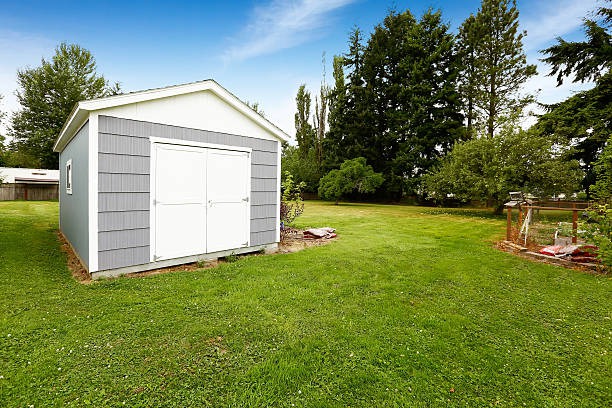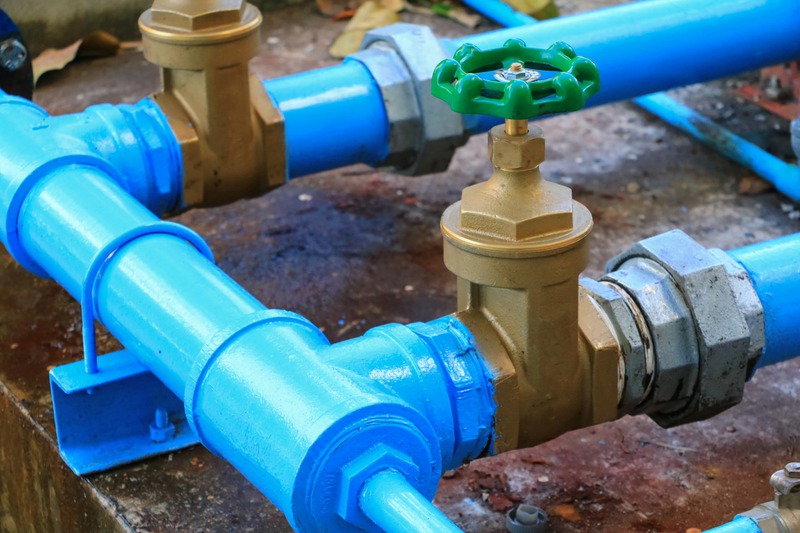Building an outdoor shed is a practical solution for many homeowners. Not only does it provide the necessary storage space, but it also adds an aesthetic touch to your backyard. However, the challenge lies in selecting materials that can withstand weather elements all year long. So, which materials offer both durability and weather resistance?
Understanding Weather-Resistant Materials
A durable outdoor shed can withstand the harshness of rain, snow, wind, and sun. The materials you choose play a critical role in ensuring the longevity and appearance of your shed. Let’s explore the materials often used for weather-resistant outdoor sheds.
Wood: A Classic Choice
Wood remains a popular choice for many due to its natural appearance. Here are some options:
-
Cedar and Redwood: These woods are naturally resistant to decay and insects. They require minimal maintenance and offer a warm, inviting look.
-
Pressure-Treated Lumber: This is a more affordable option. It’s treated with chemicals to resist decay, making it a good choice for budget-conscious homeowners.
Maintaining Wooden Sheds
To keep wooden sheds in top shape:
-
Apply water-repellent sealant annually.
-
Regularly check for termite infestations.
-
Repaint or stain periodically to maintain appearance and protection.
Metal: Built to Last
Metal sheds are robust and known for their durability. They come in different types:
-
Aluminum: Aluminum sheds are Lightweight and resistant to rust and corrosion. They require little maintenance and are great for all climates.
-
Galvanized Steel: Offers strength and durability. It’s treated with a protective zinc layer to prevent rust.
This option might be suitable if you need durable sheds in Ontario.
Advantages of Metal Sheds
-
Fire-resistant
-
Pest-resistant
-
Long-lasting with minimal upkeep
Vinyl and Resin: Modern Alternatives
Vinyl and resin sheds are becoming more common. They’re made from high-density polyethylene (HDPE) or similar materials designed to withstand extreme weather.
Why Choose Vinyl or Resin?
-
Low Maintenance: No need to paint or treat.
-
Durability: Resilient against warping, rust, and rot.
-
Aesthetic Options: Available in various colors and styles to match your home.
These sheds might be ideal if you’re considering custom storage solutions in Ajax due to their versatility and ease of customization.
Concrete Sheds: The Ultimate in Durability
Concrete sheds might be less common, but they’re unrivaled in durability. They are ideal for intense weather conditions and provide strong security.
Benefits of Concrete Sheds
-
Fireproof: Extremely resilient against fire.
-
Pest Proof: No worries about bugs or animals.
-
Customizable: Can be painted or stained to match aesthetics.
Considering Eco-Friendly Options
Green building materials are gaining popularity. Options include:
-
Recycled Metal: Utilizing recycled materials reduces the carbon footprint.
-
Sustainable Wood Options: Certified woods are harvested responsibly.
The Eco-Conscious Choice
-
Reduces environmental impact
-
Supports sustainable building practices
Factors to Consider When Choosing Materials
When deciding on shed materials, think about the following:
-
Climate: More severe weather requires tougher materials.
-
Usage: Heavy equipment storage may need more robust structures.
-
Aesthetics: Consider how materials blend with your garden’s look.
Additional Considerations
-
Budget: Balance cost with quality.
-
Installation Ease: Some materials are easier to assemble than others.
-
Local Regulations: Check with local authorities for any building restrictions.
For instance, if you’re in an area, you might explore options for Mississauga custom sheds, which meet specific needs and local guidelines.
Steps for Building Weather-Resistant Sheds
-
Plan and Design: Consider size, style, and placement.
-
Choose the Right Materials: Base your choice on durability and weather resistance.
-
Prepare the Site: Make sure the ground is level and drainage is appropriate.
-
Construct the Foundation: A sturdy foundation, like concrete, keeps your shed stable.
-
Assemble the Shed: Follow manufacturer instructions or hire professionals.
-
Maintain and Inspect: Regularly check for any repairs or maintenance needs.
Enhancing the Longevity of Your Shed
Keeping your shed in prime condition is key. Here’s how:
-
Regular inspections to spot potential issues early
-
Routine cleaning, especially after harsh weather
-
Prompt repairs for any damage
With these steps and the right materials, your shed will remain a functional and attractive addition to your property.
Incorporating Smart Technology
Modern sheds can also benefit from the integration of smart technology, enhancing functionality and security.
Smart Security Systems
Installing a smart security system can protect the contents of your shed. Options include:
-
Motion Detectors: Alerts you to movement in and around your shed.
-
Security Cameras: Provides live video feed and recording.
Climate Control
Smart climate control systems ensure optimal conditions inside your shed, especially if storing sensitive items or equipment.
-
Wireless Thermostats: Regulate temperature remotely.
-
Humidity Sensors: Monitor and manage dampness to prevent damage.
Smart Lighting
Enhance accessibility and security with smart lighting.
-
Motion-Activated Lights: Automatically illuminate when someone approaches.
-
Schedule-Based Lighting: Set times for lights to turn on/off, conserving energy.
Final Thoughts
Choosing the right materials for your outdoor shed is crucial for weather resistance and durability. Whether you go for the traditional allure of wood, the robustness of metal, or the convenience of modern vinyl, each material offers unique benefits. Take the time to consider your local climate, needs, and preferences. Enjoy the satisfaction of a well-built, durable shed that will serve you well for years to come.





